The pencil, the square, the paper:
the drawing, the project, the number:
the engineer thinks the world is fair,
world that no veil covers
João Cabral de Melo Neto
Verses from The Engineer (1942 – 1945), in editing: GRANDSON, João Cabral de Melo. Complete Poetry/ João Cabral de Melo Neto (organization, text establishment, preface and notes by Antonio Carlos Secchin). Rio de Janeiro: Alfaguara, 2020. p. 63 and 64.
* by Diego Matos
The paths of Brazilian sculpture permeate the work of José Resende (São Paulo, 1945) – artist who for more than six decades consolidated an intellectual and material path in the broad spectrum of contemporary art in Brazil.
The artist's permanent critical path led to the construction of a radical thread of work that induces a presentified force of the nature of sculpture.
There is also a clear understanding of its role within our recent art history – in the training of new generations of artists, or in the issues that shaped Brazilian production since the contextual effervescence of the 1960 – which makes it an important pillar of support for our contemporary.
Therefore, Resende's silent work, stripped of circumstantial signs, continues in the rigor of today's voice. With the spearhead focused on the future of contemporary art itself in the national context, Galeria Marcelo Guarnieri proposed to the artist a temporary spatial occupation in its SP-Arte environment, anchored in the historic Biennale Pavilion – the old Industry Pavilion, designed to receive industry machinery, and technological products at the IV Centenary of the city of São Paulo, in the first half of the decade 1950.
By the way, throughout the history of Biennials, the artist has participated in several editions since 1967 (9st, 17st, 20st, 24ª and 33ª).
Bearing in mind these considerations about an immediate reality, in which a space for the symbolic and commercial valuation of art gains its reason for being in an environment that contains an inherent public vocation, Resende thought and designed a temporary occupation with around 14 “sculptural events”, umbilically related, in which there is no veil of meanings, or comments that cover them, thus allowing our real confrontation with the work of art, body to body, skin to skin, material com material, spaces with spaces.
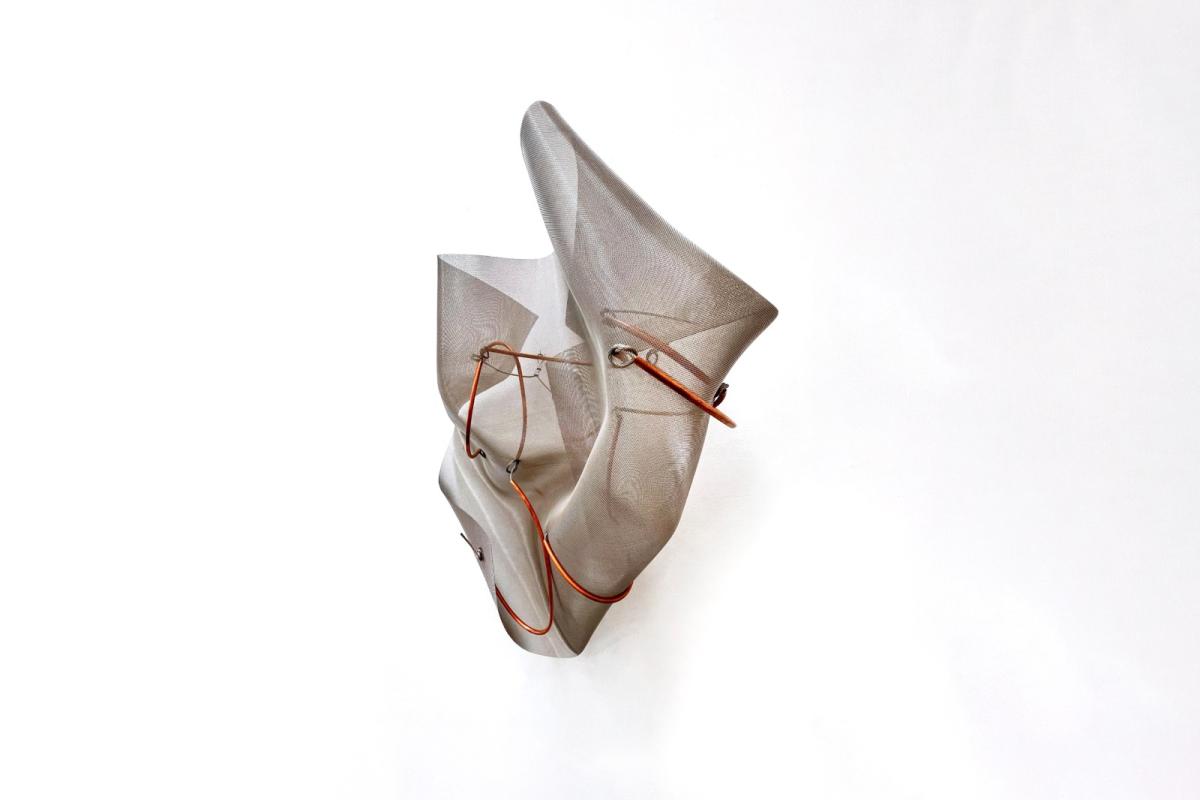
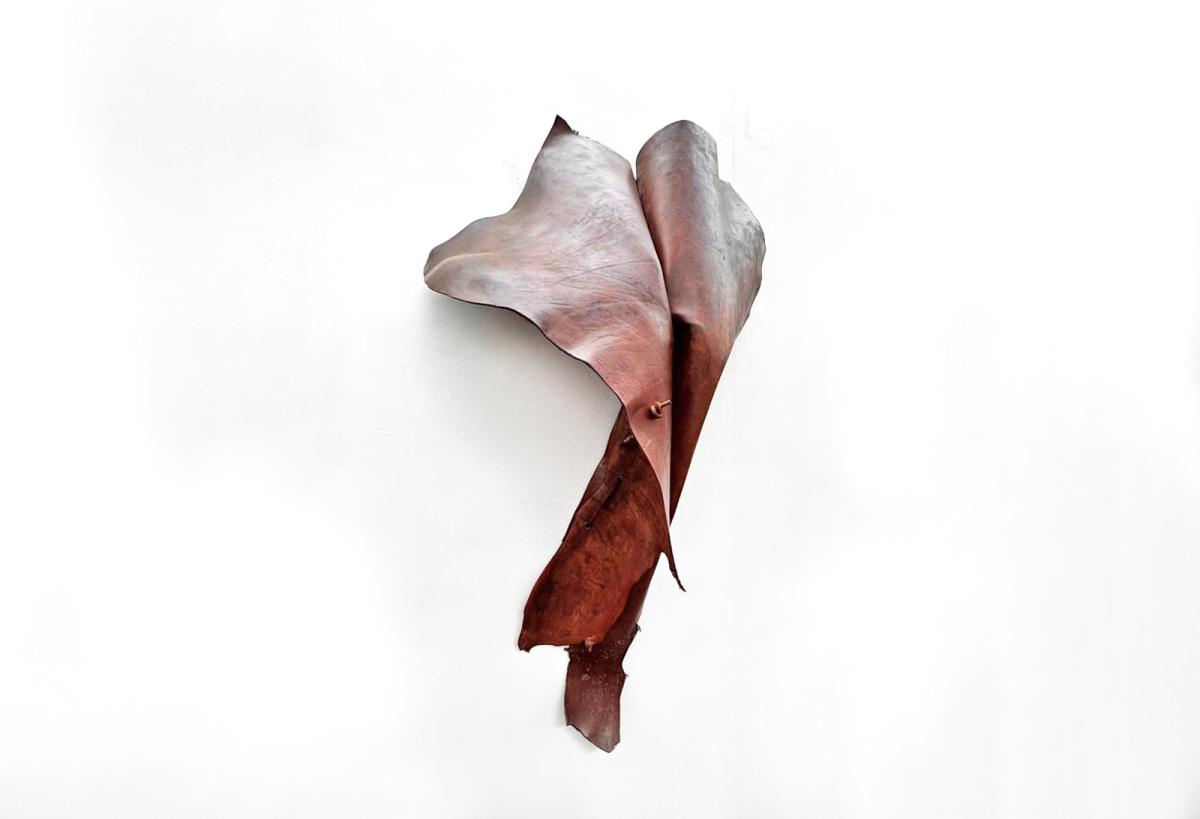
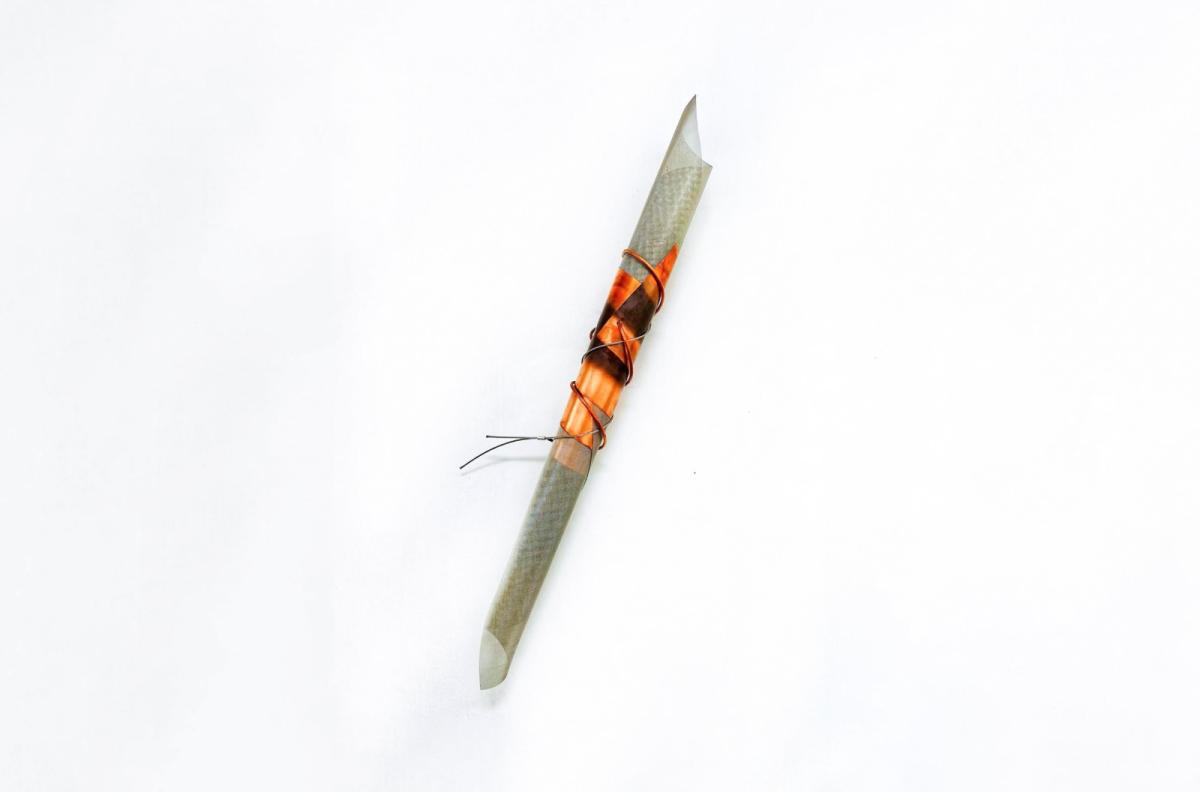
There are, therefore, in this proposal, a respect for the indelible and non-negotiable experience that gives meaning to art itself: the immediate contact of the body of the individual who perceives the presence of the work and reacts to it mentally and physically.
In the opposite direction, It is the moment in which the work itself becomes public and gains completeness in its value. At the same time that there is an opening for a willingness to negotiate, clash and transformation of work, there is also a clarity of procedure, form and presence in each of the works arranged.
It is in this fine line of silent ambiguity that the artist's work resists and balances itself within it.. Giving scale and material rhythm, tension and balance, the jobs (that make me want to call them sculptural events), propose a variety that is given by the shape and nature of their materials.
How can you view, different works are brought together, without any specific title: a larger floor sculpture that, due to its scale, organizes the space and suggests movement, a smaller sculpture on a base, in which the artist's gesture can be seen, and twelve works structured in the landscape of the walls.
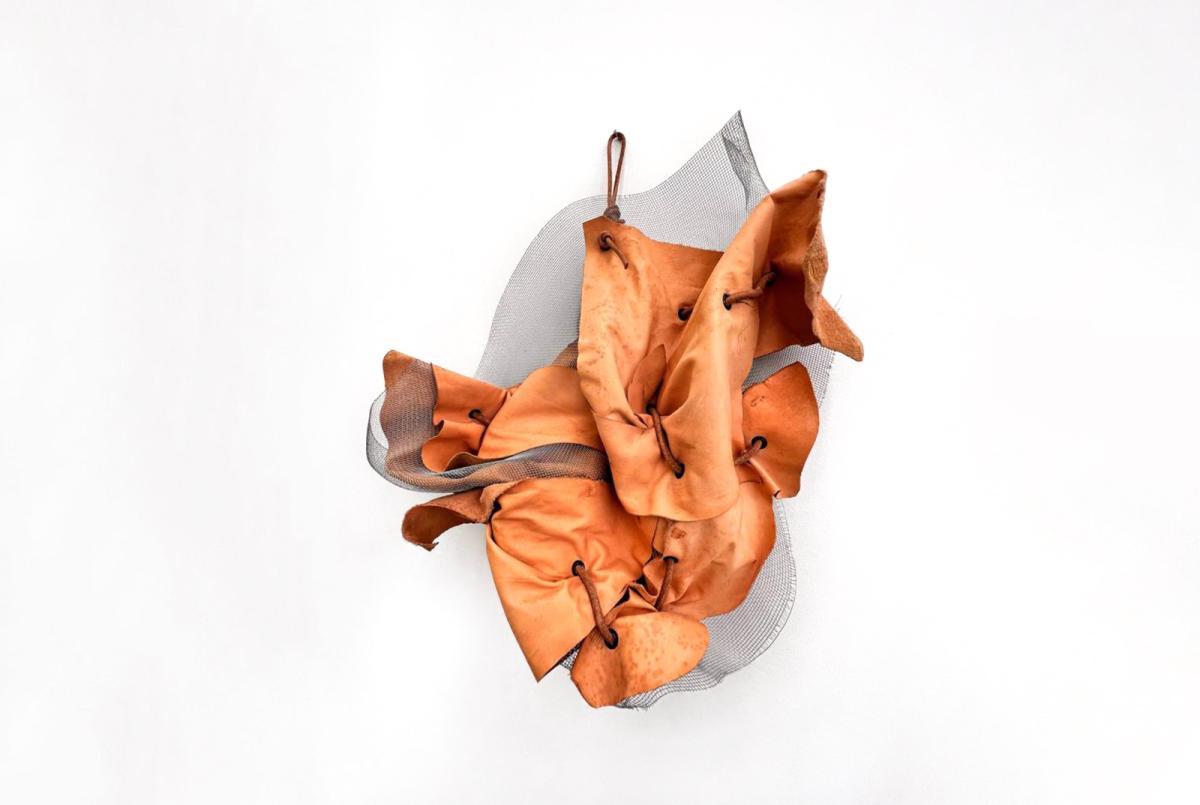
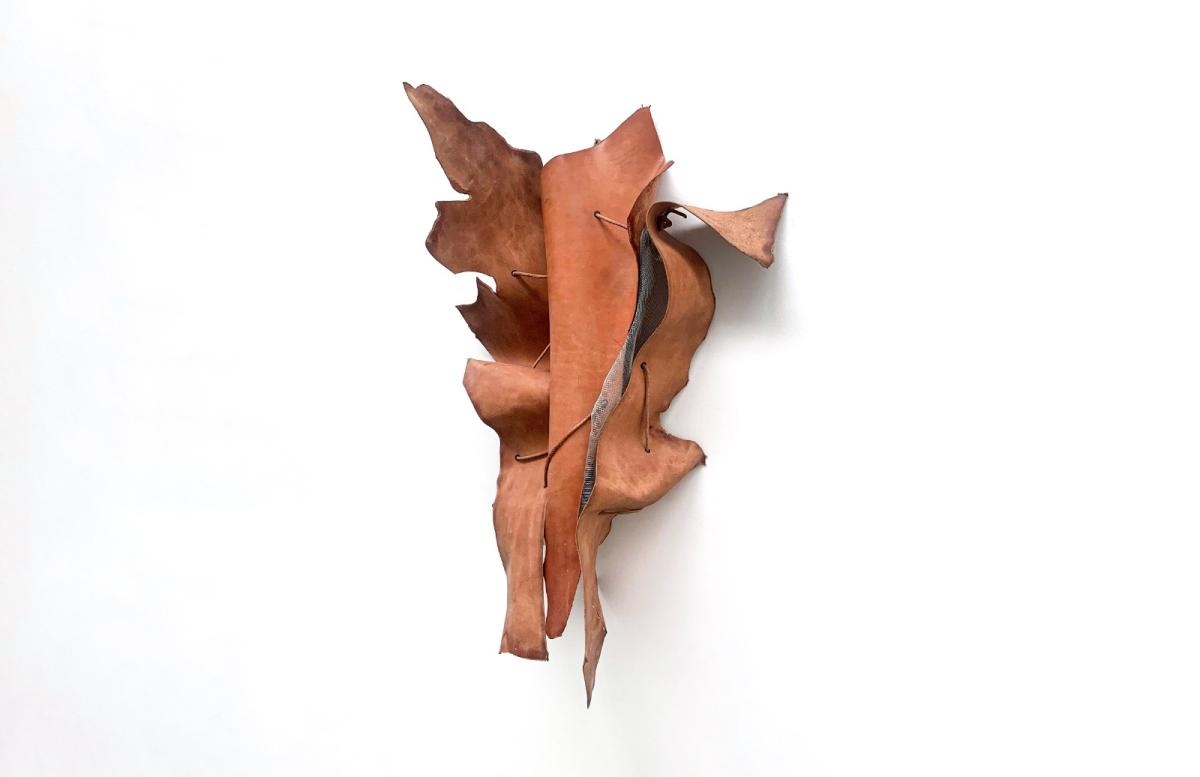
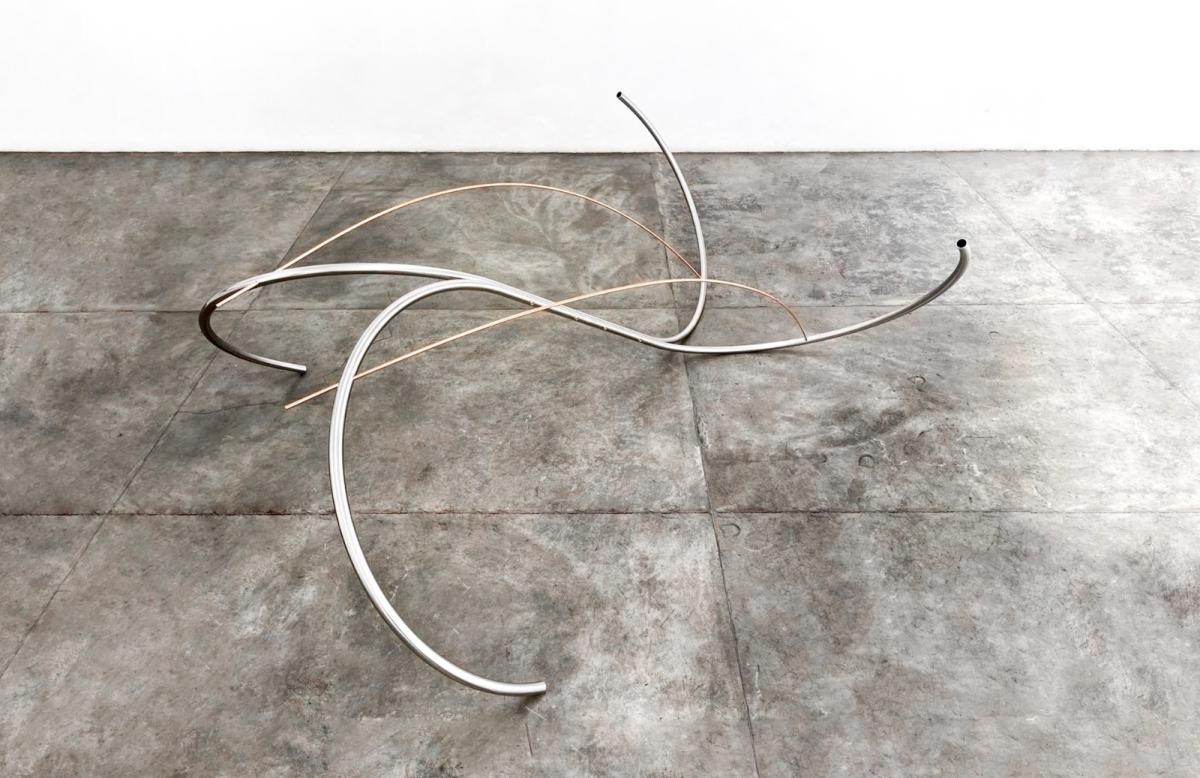
Of these twelve, three have a predominance of leather in clear contrast to what is produced by the industry. Another three are highlighted by the membrane of a stainless steel screen: one with three tensioned metals creating friction and approximations (the lead, copper and galvanized screen); four pieces in which copper tubes and stainless steel cables, keeping the necessary variations, intertwine, accentuating forces, unusual tensions and balances; finally, a character work formed by rolling up a steel screen, properly tied, in which a new plan appears to unfold.
Therefore, it is about living experiences with matter, especially those that come from industrial processes, and can be found in abundance in building materials stores. They do not initially have any special symbolic value.
By the way, This is a keynote of the artist's meticulous and conscious choice of materials: look at the nature of matter, underlined and subverted in each of the works, is the fingerprint of his scope of work over the decades. From a project value, is in the encounter with these materials – their appearances, durability, malleability and physical properties –, that the artist finds possible reasons in his current artistic practice.
Sign up to receive Event News
and the Universe of Arts first!
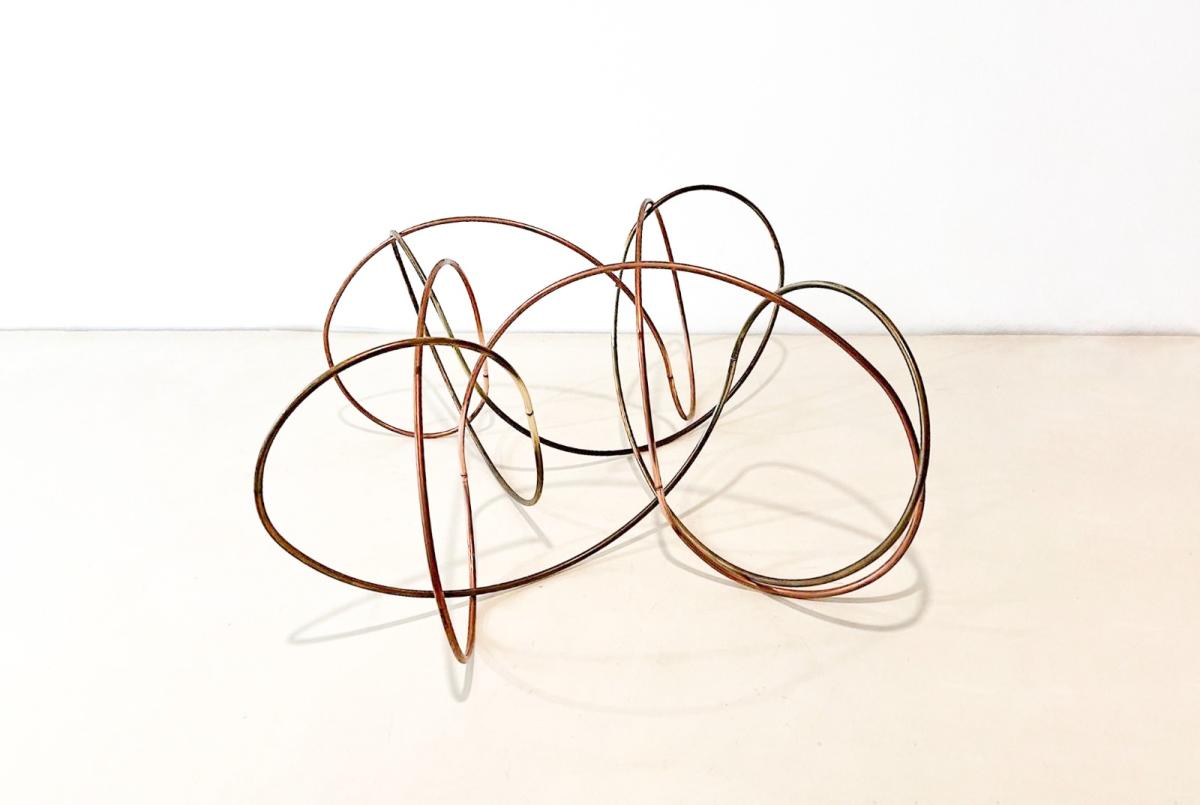
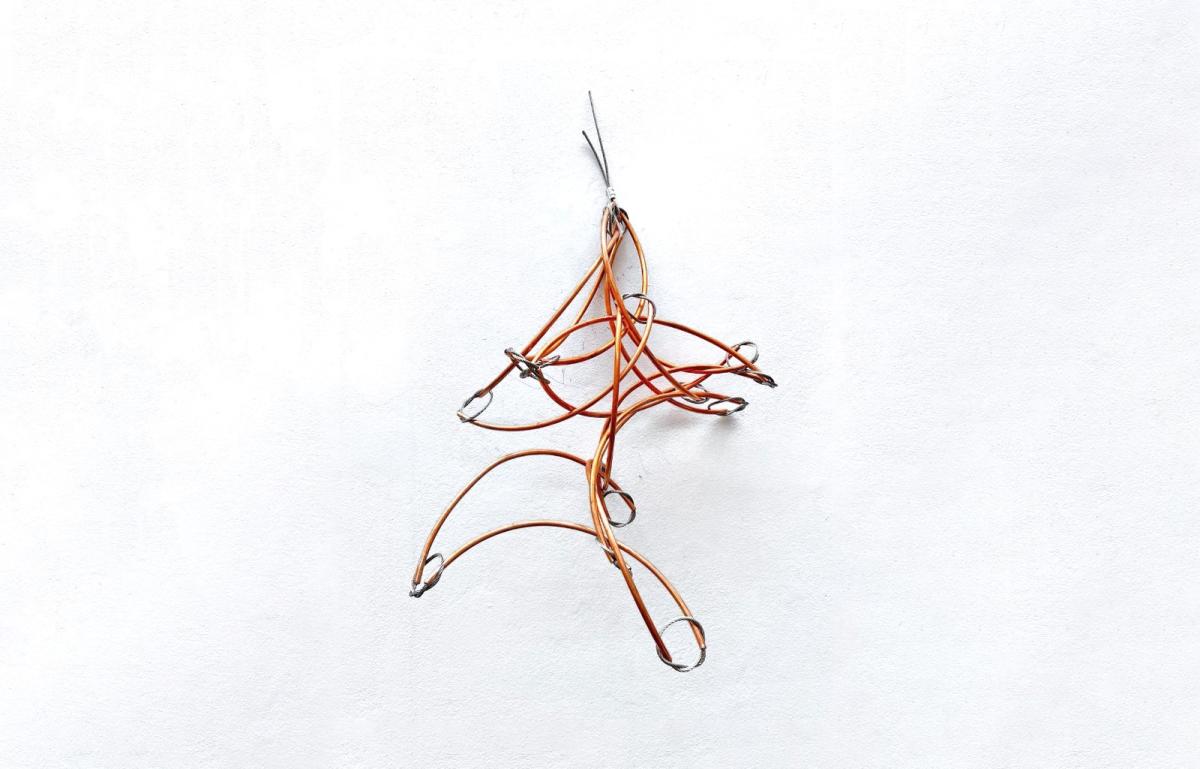
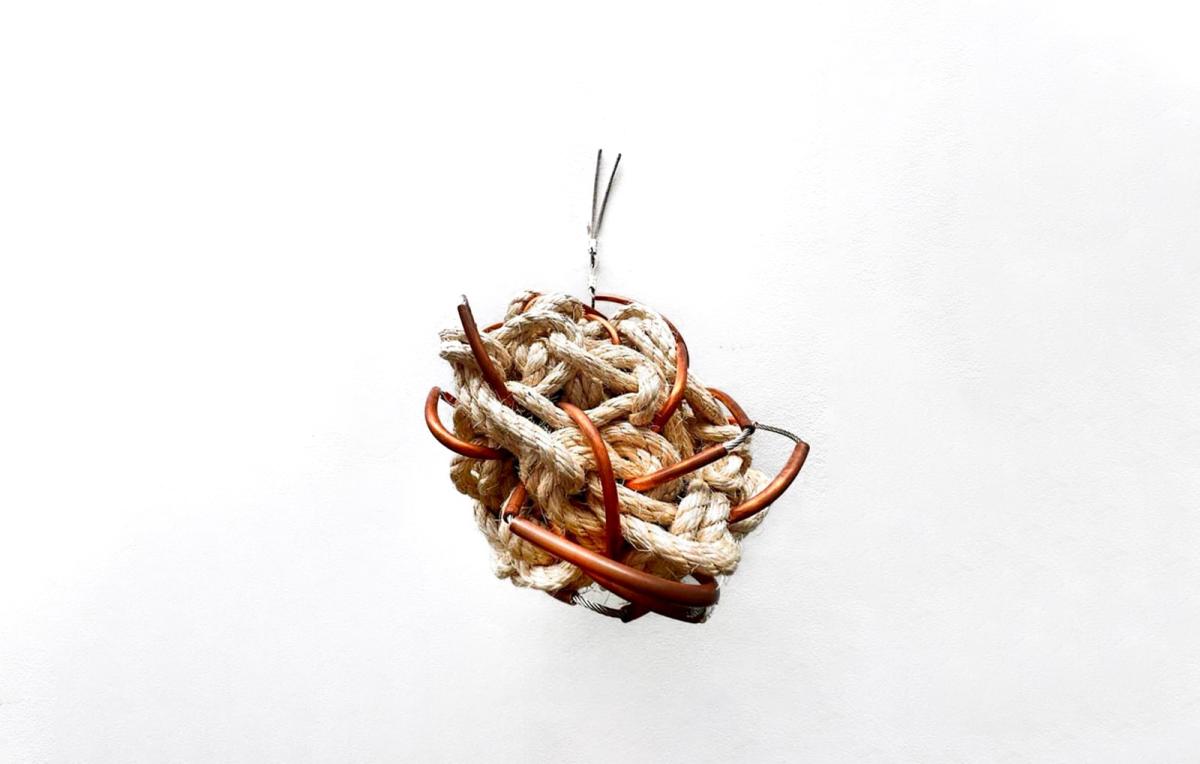
At the same time, each point of contact between the intertwined objects, without a pragmatic motivation to be together, keeps alive the power of a sculptural event, from the part to the whole and from the whole to the part.
The idea that the artist aims to, therefore, build tension between elements intentionally, when manipulating or working on them according to the characteristics of each one, including deconstructing the possibility of comfort and balance that good architecture would give us.
At the same time that there is respect for the material and an awareness of its origins and purposes, there is also a desire to subvert precisely these common purposes, from the world of object production and civil construction. Therefore, reason in its work processes accompanies the formulation of the work up to a certain limit, giving way to the imponderable.
As Ronaldo Brito wrote about the production of Resende, “everything that is, It could be different”, thus demonstrating a genuine interest in the corporeal dimension of things in the world, adaptable and transformable.
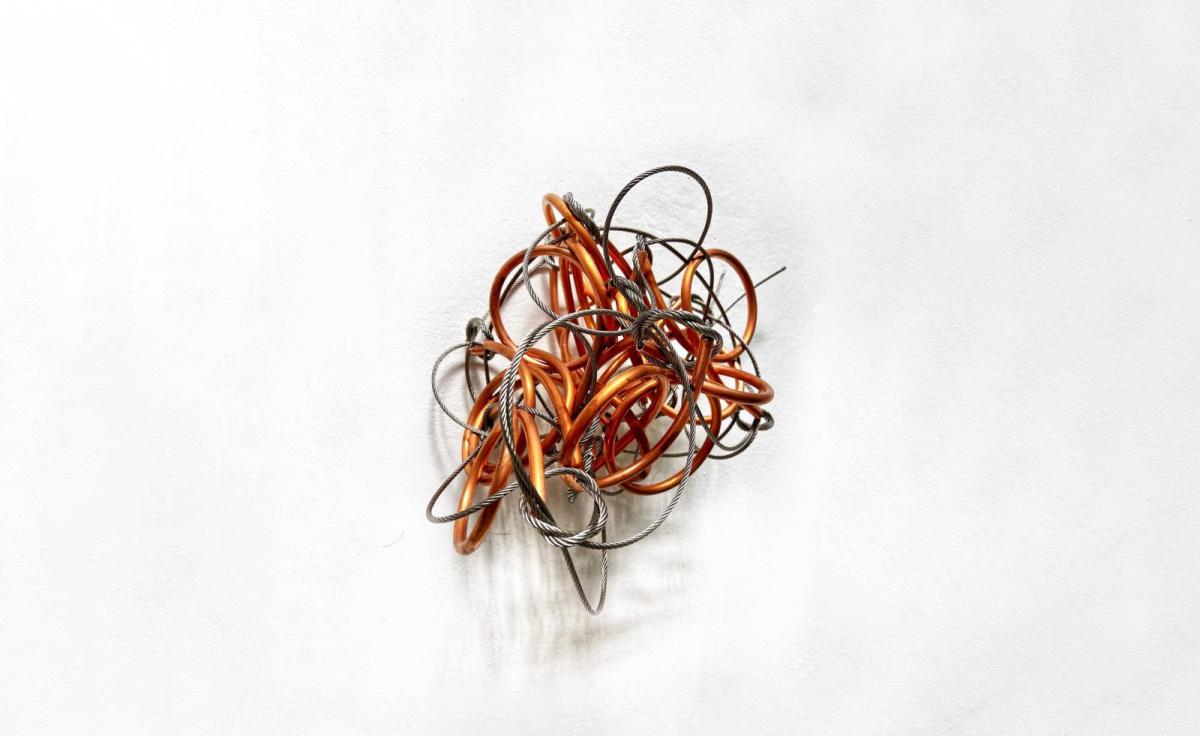
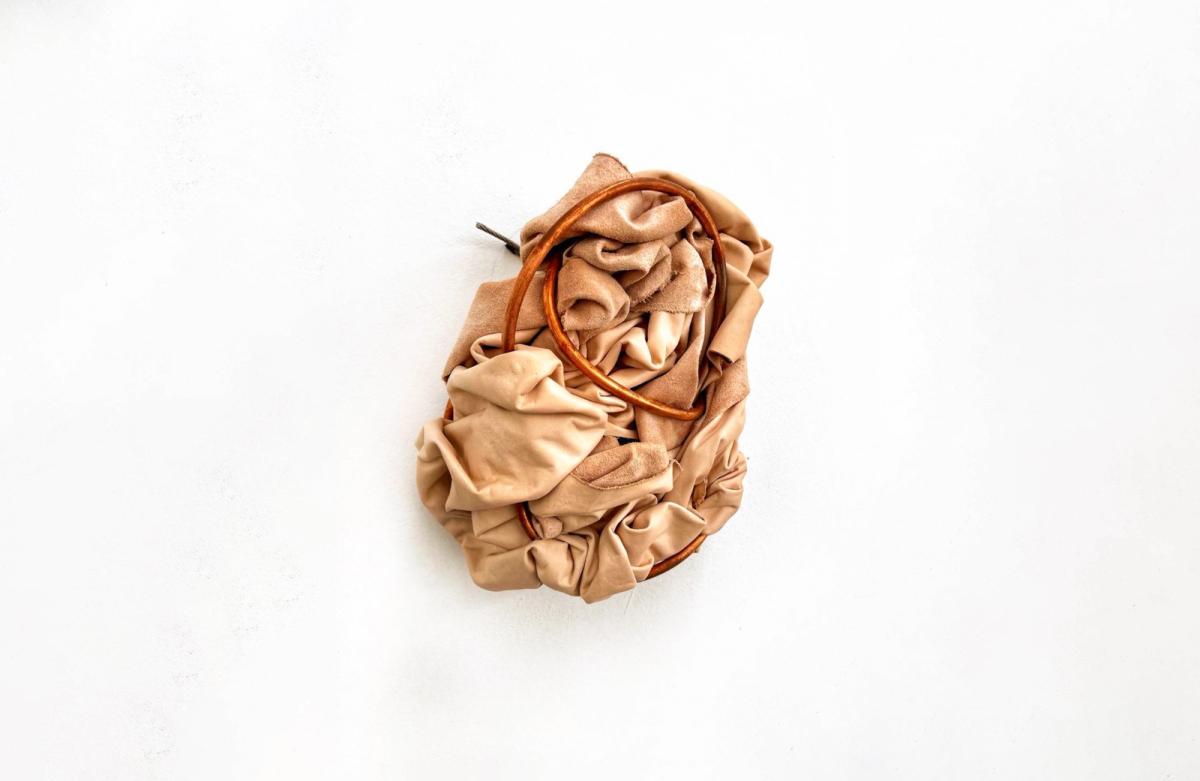
In General, José Resende's work must be perceived from an ethical and conceptual rigor, which gives your investigation and research more lasting precision, a possibility of in-depth investigation of sculpture issues, being, therefore, able to see beyond a modern tradition, while refuting certain market subterfuges.
Its sculptural reason is stripped of an a priori of meanings. Revealed at work, It is in her perception that the signs that support possible meanings to the works are revealed. The necessary imperative is: look, perceive and reflect on what is within your reach. There's nothing to mask, hide or protect.
Architect by training, the artist is, At my point of view, the sculpture engineer insofar as he proposes structural clarity and, concomitantly, opens space for the weightlessness of materials in friction and under constant influence of the conditions of the surrounding environment.
It is the beauty of one of our greatest poets, in his ode to engineering (as creative practice), that I borrow some verses to talk about José Resende: from mental design to workshop realization, the artist’s work is proposing worlds that “no veil covers”, but which is open as far as our perceptive senses reach.
Diego Matos, March 2024
